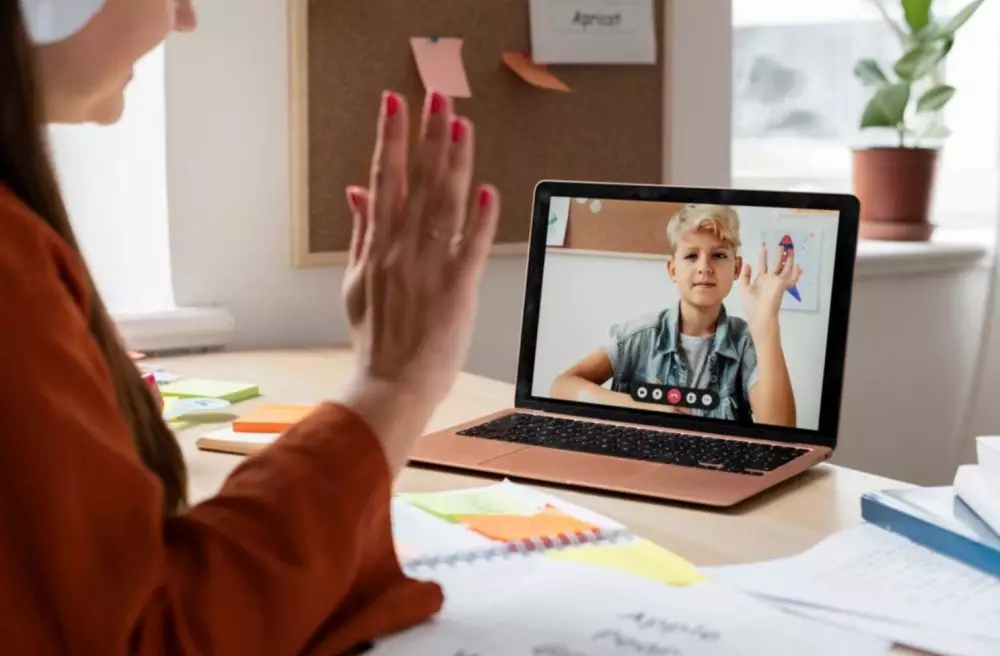Brilio.net - The Merdeka Curriculum implemented in Indonesia has brought significant changes to the world of education. One of its main focuses is to facilitate students' creativity and independence in learning. To achieve this goal, teachers need to master appropriate and relevant teaching methods.
In the era of the Independent Curriculum , the role of teachers is no longer as a single teacher, but as a facilitator who encourages students to think creatively and independently. Mastering various teaching methods such as project-based, inquiry-based, and collaborative learning, as well as the use of technology, can help teachers create a conducive learning environment to develop student creativity. Thus, the goal of the Independent Curriculum to create a creative, critical, and innovative generation can be realized.
Brilio.net has summarized from various sources, Saturday (14/9), the following 7 teaching methods in the independent curriculum era that teachers must understand.
Project-based learning (PBL) is an approach that encourages students to learn through hands-on experiences. Students are given real-life projects to complete within a certain time, allowing them to apply skills such as research, collaboration, and presentation. With PBL, students are freer to explore creative ideas and find innovative solutions.
In this method, students are faced with real problems that must be solved. Problem-based learning helps students to think critically, analyze situations, and find creative solutions. The teacher acts as a facilitator who guides students to identify problems, ask questions, and develop solving strategies.

photo: freepik.com
Every student has a different way of learning. Differentiated learning is a method that adjusts teaching strategies based on students' needs, interests, and abilities. With this method, teachers can use various approaches such as visual, auditory, and kinesthetic, so that all students can be actively involved and show their creativity in the most appropriate way.
Collaborative learning encourages students to work in small groups and learn from each other. In groups, students are encouraged to share ideas, discuss, and complete tasks together. This method teaches communication skills, cooperation, and tolerance, while opening up space for students to think creatively and appreciate differences of opinion.
Inquiry learning is a method that encourages students to ask questions, investigate, and find answers on their own. Teachers ask provocative questions and allow students to explore topics in depth. Through this process, students engage in research, data collection, and analysis, ultimately building deeper understanding and creativity in solving problems.
In the era of the Independent Curriculum, technology and digital media have become important tools in the teaching and learning process. Teachers can use interactive learning applications, educational videos, or social media platforms to make learning materials more interesting and creative. With technology, students can also create digital projects such as vlogs, podcasts, or infographics that allow them to express creative ideas more freely.
Arts-based learning is an approach that integrates elements of art into other subjects. Art can be used to teach concepts such as math, science, or language in a more fun and creative way. For example, students can be asked to create a painting, drama, or music that is relevant to the topic of the lesson. This method not only stimulates creativity but also helps students understand the material in a more contextual way.
(brl/wen)